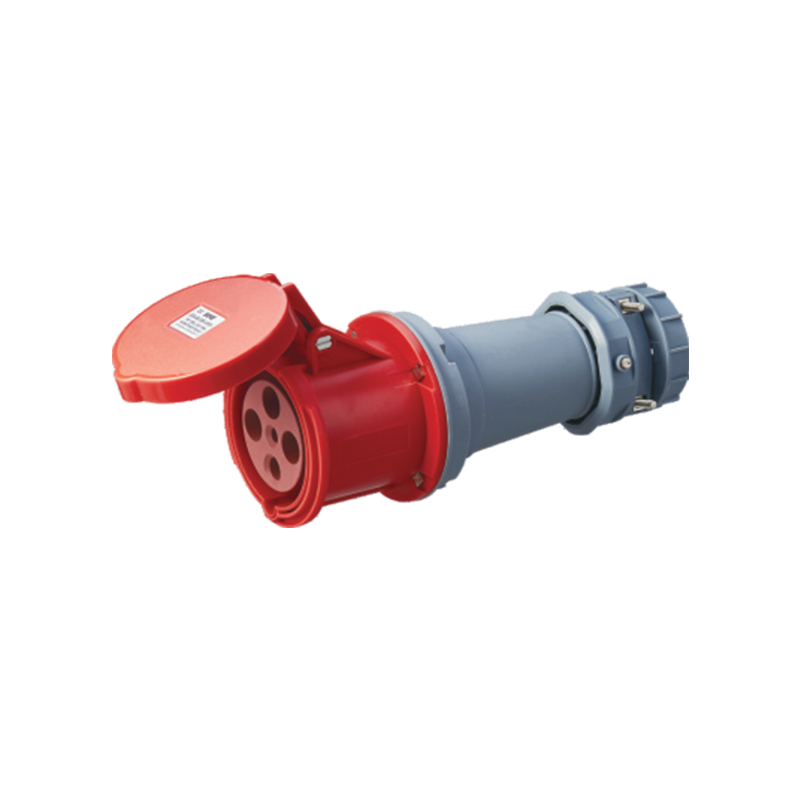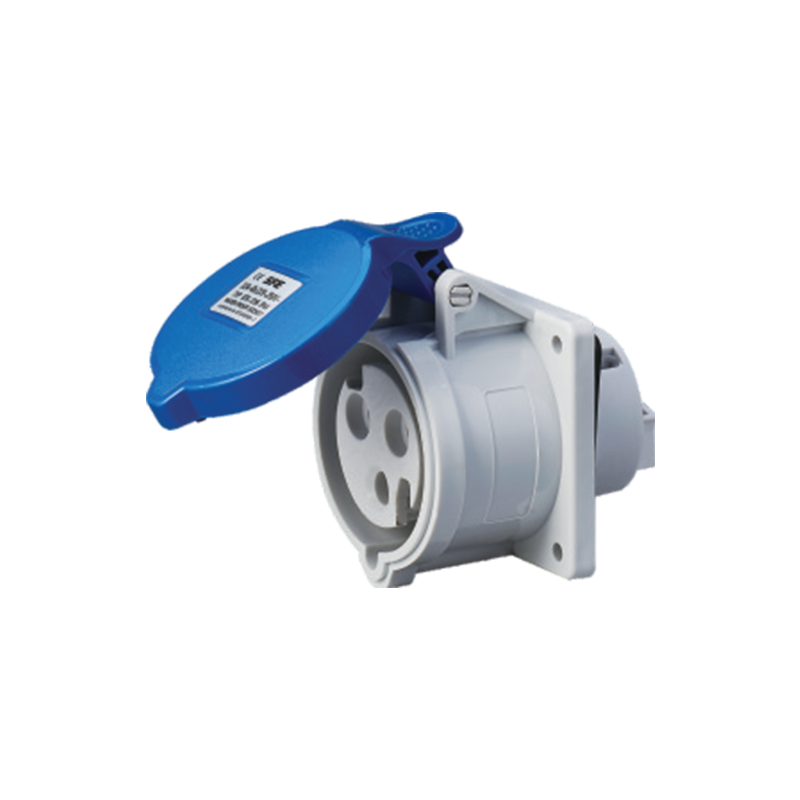Address: No. 199, Weiwu Road, Yueqing Economic Development Zone, Zhejiang Province, China.
When it comes to powering devices, the type of outlet you choose is crucial, especially when considering indoor versus outdoor applications. Each environment presents unique challenges and requirements for electrical outlets, and understanding these differences can significantly enhance safety and efficiency. This article delves into the distinctions between indoor and outdoor power outlets, highlighting the features that make each suitable for its respective settings.
Indoor Power Outlets
Indoor power outlets are designed for use within buildings and are typically installed in walls, providing easy access to electricity for various devices. They are generally enclosed and protected from the elements, making them suitable for general electrical needs. Common features of indoor power outlets include:
1. Standard Voltage: more indoor outlets operate at a standard voltage of 120V or 240V, depending on the region. This voltage is sufficient for powering a wide range of appliances, from lamps to computers.
2. Aesthetic Design: Indoor outlets are often designed to blend seamlessly with the interior decor. They come in various colors and styles to match the aesthetics of the room.
3. Safety Features: Many indoor outlets include safety features such as ground fault circuit interrupters (GFCI) to prevent electrical shocks, especially in areas where water might be present, like kitchens and bathrooms.
4. Compatibility: Indoor power outlets typically accommodate standard plugs and devices commonly used in homes and offices, ensuring widespread compatibility.
Despite their convenience, indoor outlets are not suited for outdoor use due to their vulnerability to environmental factors. Moisture, dirt, and bad temperatures can damage indoor outlets and create safety hazards.
Outdoor Power Outlets
Outdoor power outlets are specifically designed to withstand the elements. They are constructed with materials and features that protect against moisture, dust, and temperature fluctuations. Key aspects of outdoor outlets include:
1. Weatherproof Design: Outdoor outlets must be weatherproof to ensure safe operation in various weather conditions. Many come with covers that protect the outlet from rain and snow, preventing moisture from causing electrical failures.
2. Industrial Power Box: For heavy-duty outdoor applications, industrial power boxes are available. These robust units are designed to supply power to construction sites, outdoor events, and other demanding environments. They can handle higher voltages and current loads, making them ideal for powering tools and machinery.
3. Ground Fault Protection: Like indoor outlets, outdoor power outlets often incorporate GFCI technology. This feature is crucial for preventing electrical shocks, especially when using devices near water sources like pools or gardens.
4. Outdoor Box for Electric Plugs: Outdoor boxes specifically designed for electric plugs ensure that all connections are secure and protected from the elements. These boxes provide multiple outlets and often include features like surge protection, allowing users to power several devices safely.
5. Durability: Materials used for outdoor outlets are typically more durable than those for indoor use. High-grade plastics and metals resist corrosion and physical damage, ensuring a longer lifespan even in harsh conditions.
Comparing the Two
When choosing between indoor and outdoor power outlets, several factors come into play. The primary consideration is the environment in which the outlet will be used. Indoor outlets suffice for general household and office use, while outdoor outlets are essential for any electrical work or device usage outside.
Another important factor is safety. Outdoor environments pose more risks, particularly from water exposure and bad weather. Therefore, utilizing weatherproof outdoor outlets with GFCI protection is essential. Industrial power boxes are particularly useful in these scenarios, providing robust power solutions for heavy-duty equipment.
Installation is also a crucial aspect to consider. Indoor outlets can be installed with relative ease, often within existing electrical systems. In contrast, outdoor outlets may require additional considerations for weatherproofing and securing connections, especially in areas with high moisture levels.
Selecting the appropriate power outlet is vital for ensuring safety and efficiency in both indoor and outdoor environments. Indoor outlets are ideal for general use, while outdoor outlets, particularly industrial power boxes and outdoor boxes for electric plugs, provide the durability and protection necessary for external applications. Understanding these differences will help users make informed decisions, ultimately pilot to safer and more effective use of electrical devices in any setting. Whether powering everyday appliances or heavy machinery, knowing the right outlet for the job can make all the difference.







